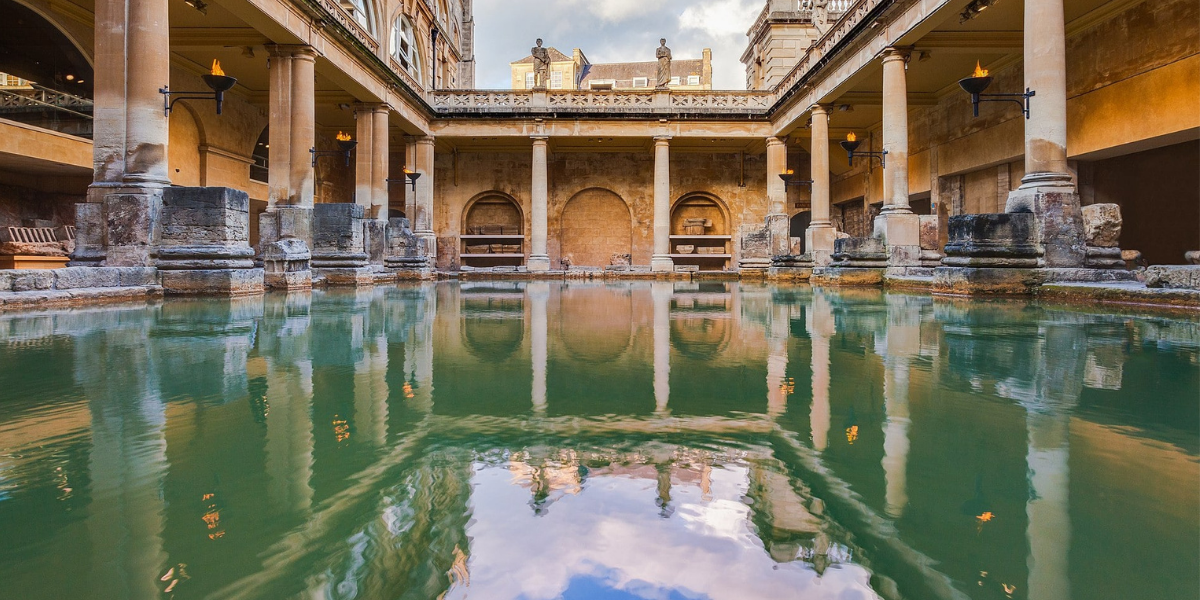
Antibiotic bacteria that fight E. coli and other dangerous bacteria found in Roman Baths in England
Researchers from Plymouth University’s School of Biomedical Sciences have discovered that the popular Roman Baths in the city of Bath in southwest England harbor a wide range of microorganisms that could be critical in the global fight against antimicrobial resistance. When the Romans came to Bath’s hot springs, they weren’t just relaxing in the spa
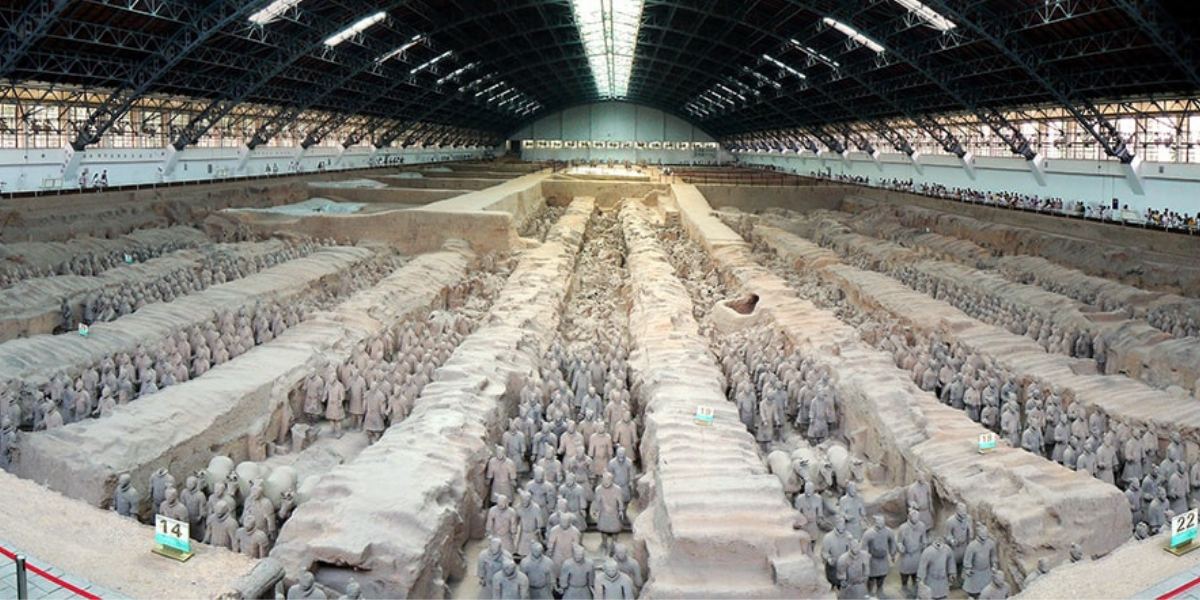
6,000 life-size terracotta warriors guard a treasure-laden burial chamber
A new treasure-laden burial chamber has been discovered in the tomb of Emperor Qin Shi Huang, guarded by China’s world-famous 6,000 life-size terracotta warriors. Qin Shi Huang was the first emperor of China, ruling from 259-210 BC. He founded the Qin Dynasty and unified China, creating a centralized imperial system. Although he was known for
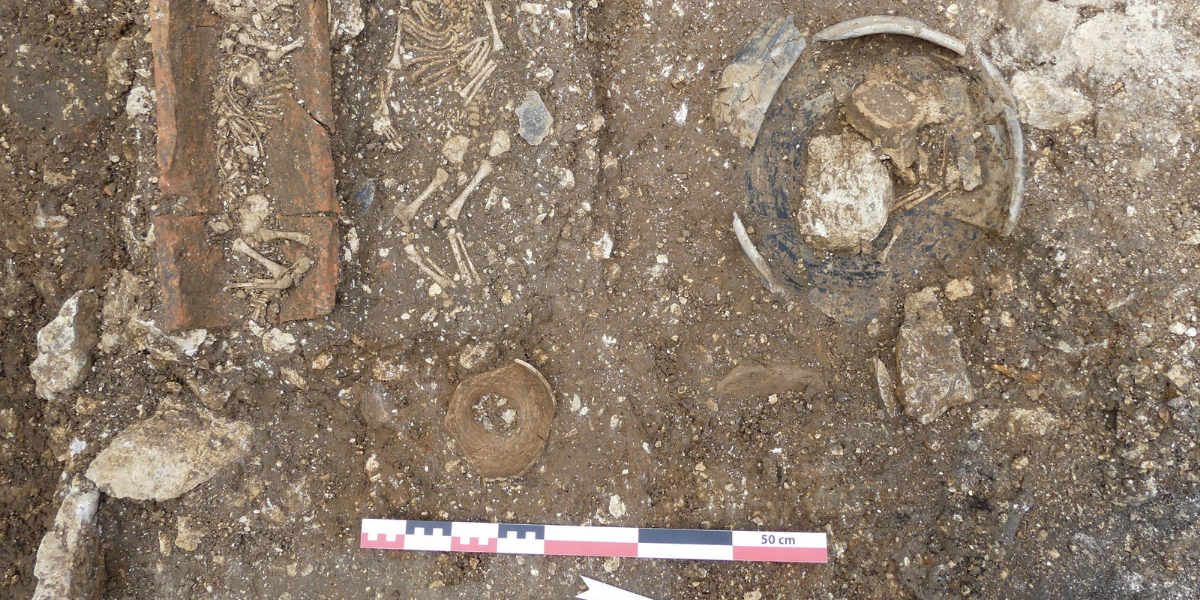
A necropolis dedicated to stillborn and very young children unearthed in France
The news of a death deeply upsets everyone. But the news of the death of stillborn or very young children is even sadder. Some cultures believe that those who die as babies become angels and enter heaven. During an excavation in the historic center of Auxerre, France, a necropolis dedicated to stillborn and very young
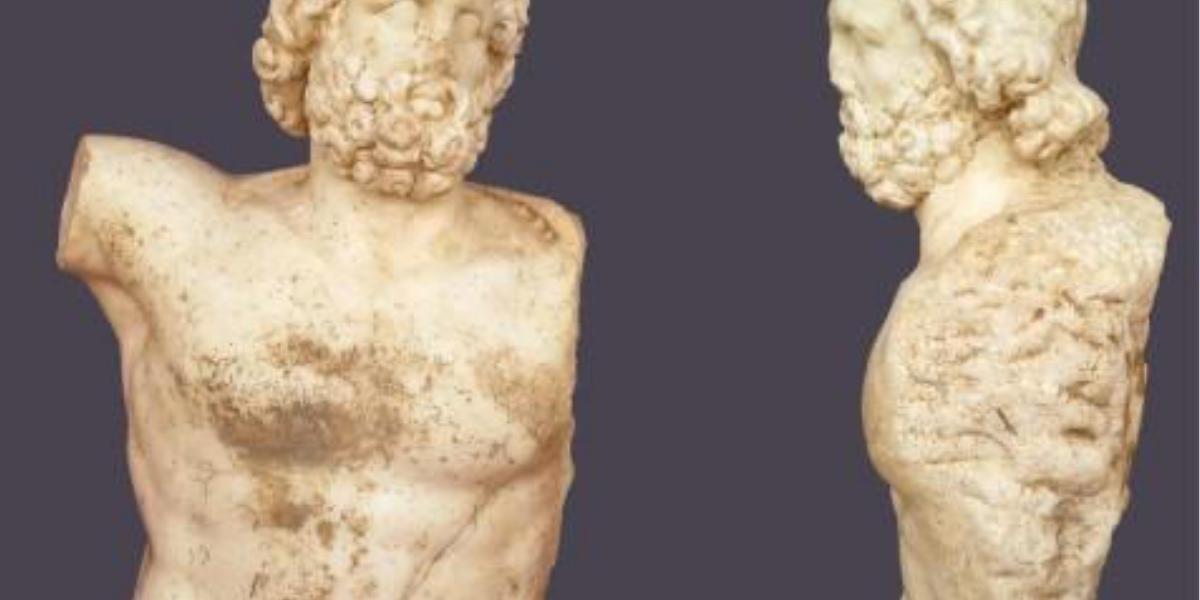
2000-year-old statues of Zeus and Aphrodite found in Aspendos Ancient City
2000-year-old statues of Zeus and Aphrodite from the Roman period were found during excavations in the ancient city of Aspendos. Aspendos is located in the Serik district of Antalya. Aspendos, which has a history dating back to the 10th century BC, was one of the most important cities of the Pamphylia Region. The city was
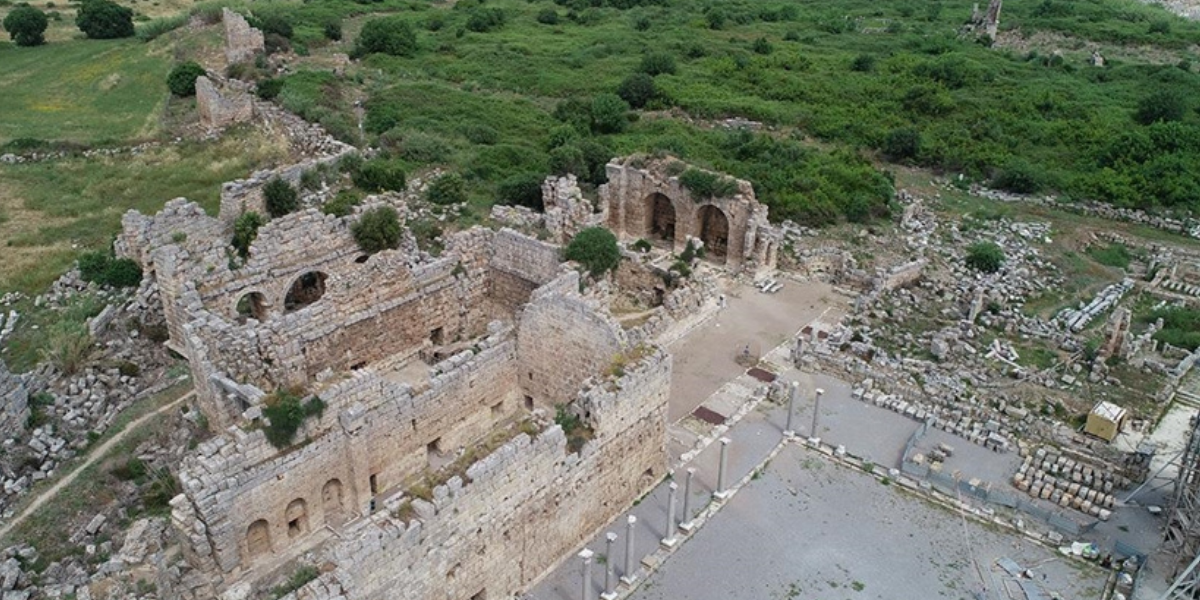
Work on the arena of the 30 thousand-seat stadium in the ancient city of Perge has been completed
Work on the arena of the 30 thousand-seat stadium of the ancient city of Perge, one of the most organized Roman cities in Anatolia, has been completed. The ancient city of Perge, located 18 km east of Antalya, within the borders of Aksu district, was once the capital of the Pamphylia Region. During the Hellenistic
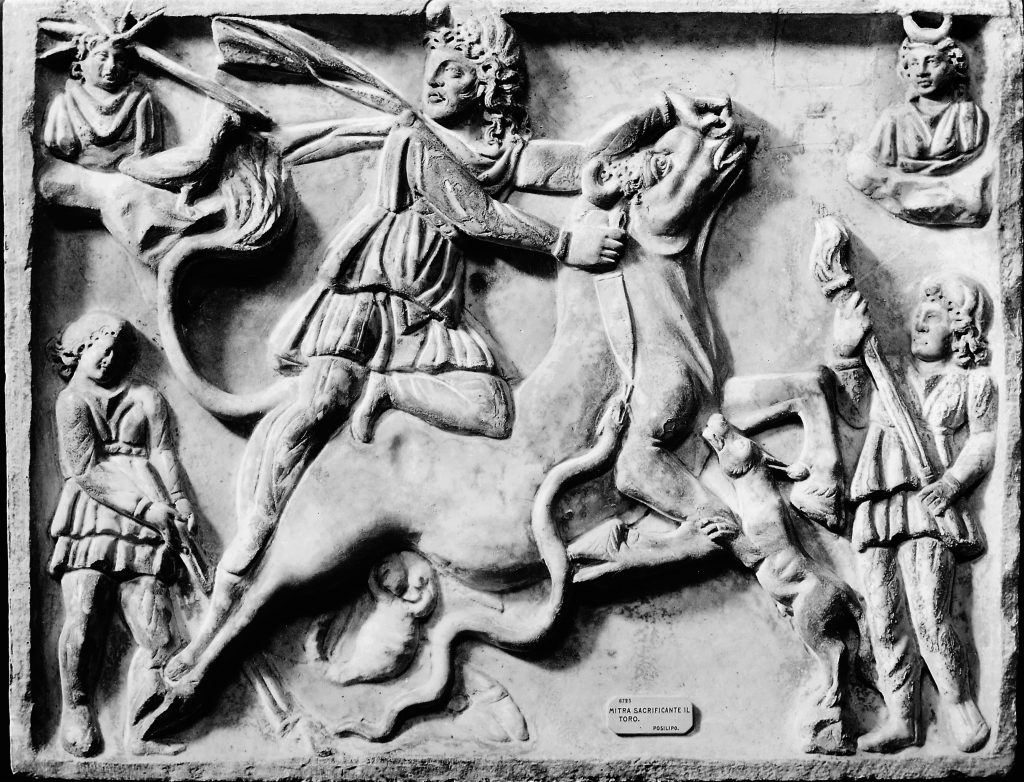
Ancient cities in Anatolia, containing temple ruins of the enigmatic Mithras sun cult
The belief in Mitraism, which emerged in the 2nd century BC and was widespread in the Roman Empire and other regions until the 5th century, has many temples in Anatolia. Mitraism, a Persian religion, is a mysterious cult based on the worship of a sun god named Mithra. The sun god Mithra is the creator

Oldest Iberian city unearthed in Contestania
Archaeologists from the University of Alicante and the University of Murcia have uncovered the oldest largest Iberian city in the major Iberian city of Ilici (modern Elche in southeastern Spain), providing invaluable insights into Iberian society and its historical context. Archaeological excavations at the site have been ongoing since 2017. the excavations have found remains

Restoration completed at Divriği Great Mosque and Darüşşifa
The restoration works carried out by the General Directorate of Foundations in Divriği Great Mosque and Darüşşifa, which is included in the UNESCO World Cultural Heritage List, have been completed. Divriği Great Mosque and Darüşşifa (English: Divriği Great Mosque and Hospital) is a 13th century historical complex located in the Divriği district of Sivas. It
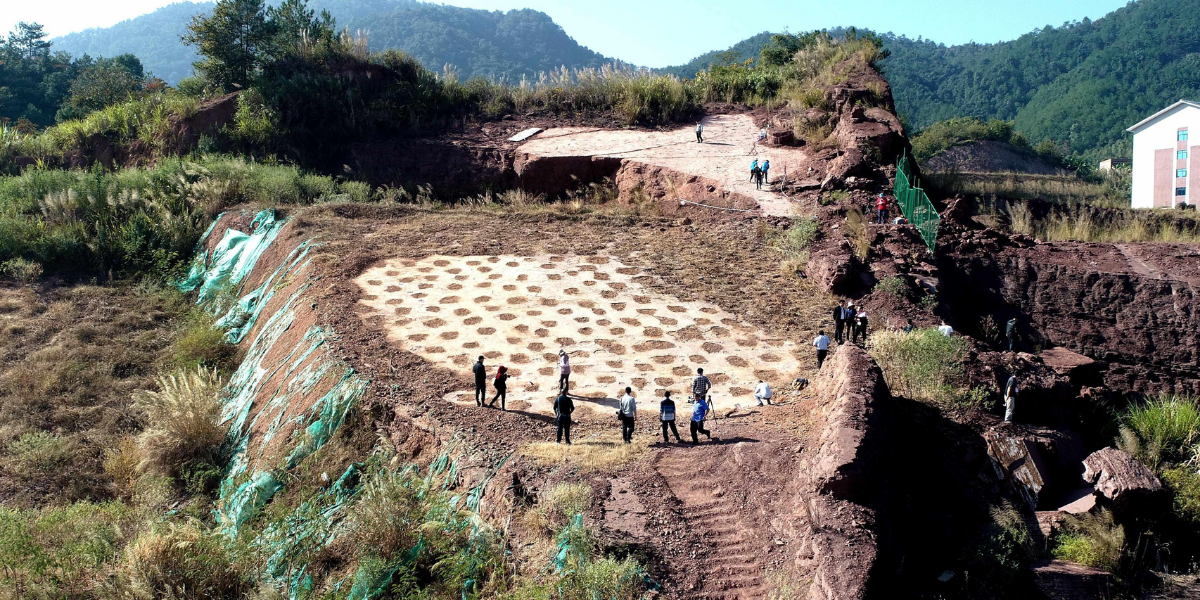
World’s largest dinosaur track found in Fujian
Chinese scientists announced on Monday, May 6, that they had discovered very large tracks of a type of two-toed dinosaur in the Lincheng region of China’s southeastern province of Fujian. The largest known deinonychus footprints in the world were discovered at the Longxian dinosaur track in Longyan, Fujian Province. Researchers from the Chinese University of

